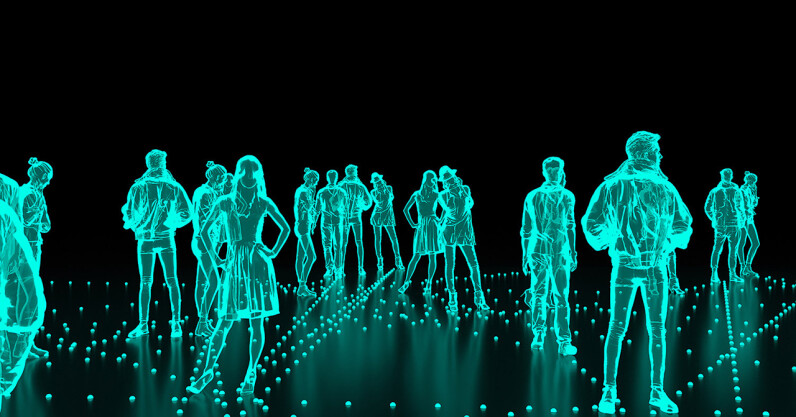
The TV show Star Trek: The Next Generation introduced millions of people to the idea of a holodeck: an immersive, realistic 3D holographic projection of a complete environment that you could interact with and even touch. In the 21st century, holograms are already being used in a variety of ways such as medical systems, education, art, security, and defense. Scientists are still developing ways to use lasers, modern digital processors, and motion-sensing technologies to create several different types of holograms that could change the way we interact. My colleagues and I working in the University of Glasgow’s bendable electronics and…
This story continues at The Next Web

No comments:
Post a Comment